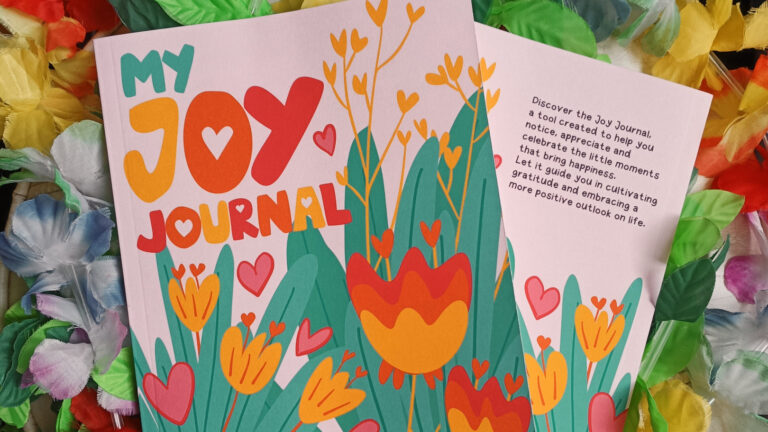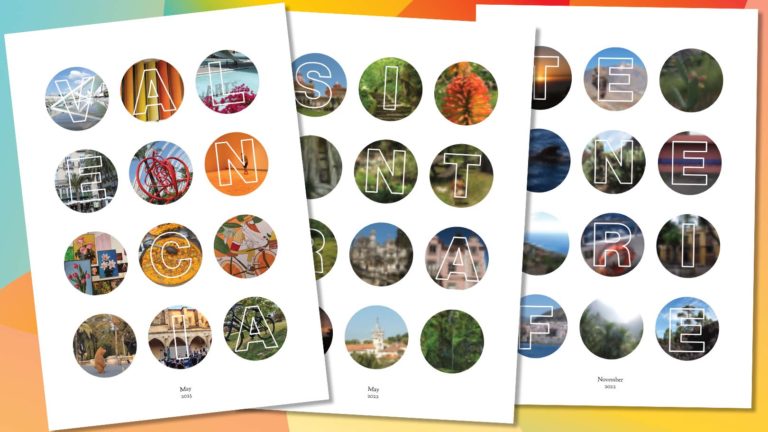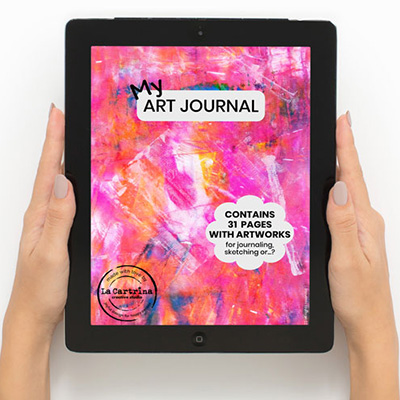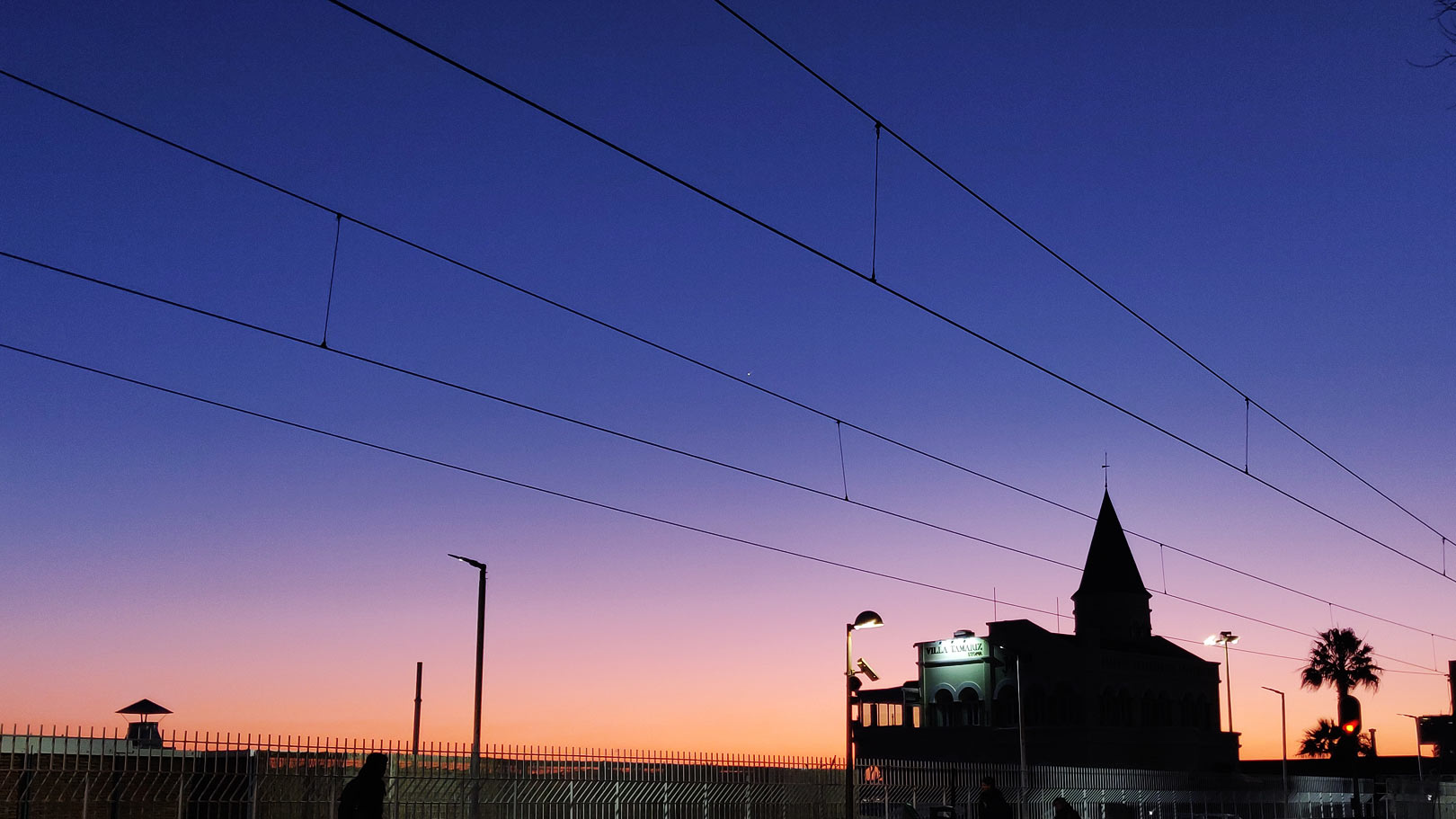
With forthcoming trips to Valencia and London, I have decided to focus on the art of photography as my next area of study within my “Degree in me“. In my search for resources to enhance my skills, I stumbled upon Alison’s Photo Composition course, taught by renowned landscape photographer Mark Paulda. In this blog post, I will share my experience of taking this course and discuss the valuable lessons I learned. The newfound knowledge I gained has transformed my approach to photography, making me more confident and assertive behind the lens.
The Importance of Composition
Photography composition plays a crucial role in creating compelling and visually appealing images. It involves carefully arranging the elements within the frame to guide the viewer’s eye and evoke emotions. With Mark Paulda’s guidance, I gained a deeper understanding of the fundamental rules and techniques that enhance a photograph’s composition and tell a story.
Incorporating Shadows, Textures, and Patterns
One aspect I found particularly intriguing in the course was the emphasis on incorporating shadows, textures, and patterns to add depth and interest to images. Shadows create visual contrast and can be used creatively to emphasise certain elements or evoke a specific mood. Textures and patterns, on the other hand, introduce a tactile quality to the photograph, capturing the viewer’s attention and enhancing the overall composition.
Avoiding the Middle and Creating Space
In the course, we delved into an essential rule of composition – avoiding placing the subject or focal point in the middle of the frame. Rather than relying solely on the rule of thirds, which divides the frame into nine equal sections, we explored various composition techniques. One of these techniques emphasised leaving enough space to move. By creating ample breathing room, we can create a sense of openness and movement within the frame. This not only adds dynamism to the composition but also allows the viewer to engage more deeply with the image, amplifying its visual appeal.
Utilising Leading Lines
Leading lines are a powerful compositional tool that directs the viewer’s attention towards the main subject or focal point. Mark Paulda explained how lines can be found in various scene elements, such as roads, fences, or architectural elements. By incorporating these lines strategically, I will be able to guide the viewer’s gaze and create a sense of depth and movement within the photograph.
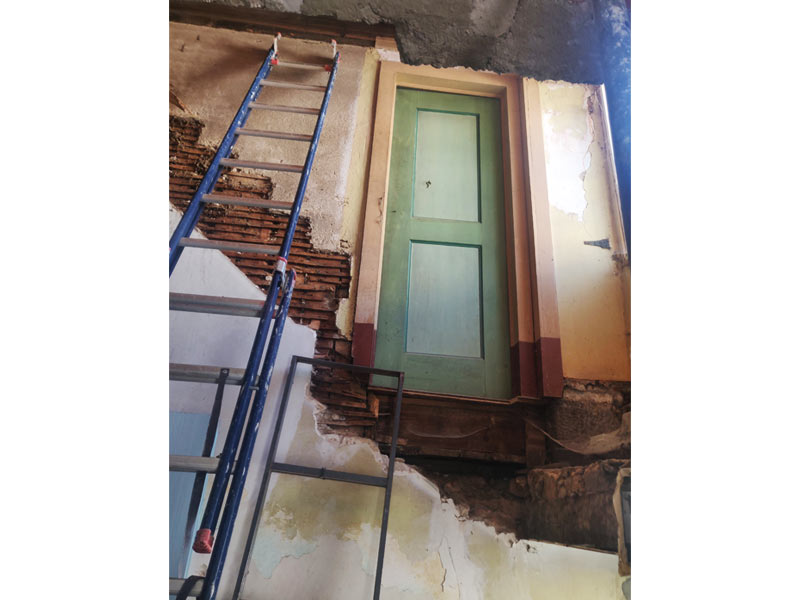
Understanding the Dutch Tilt and Simplifying the Scene
The course introduced the concept of the Dutch tilt, a technique that involves intentionally tilting the camera to create a dynamic and unconventional composition. This technique can add a sense of tension or unease to the image, amplifying its impact. Moreover, I learned the importance of simplifying the scene by removing any distracting elements that do not contribute to the overall message or story of the photograph. Simplification allows the viewer to focus on the main subject and enhances the visual impact of the image.
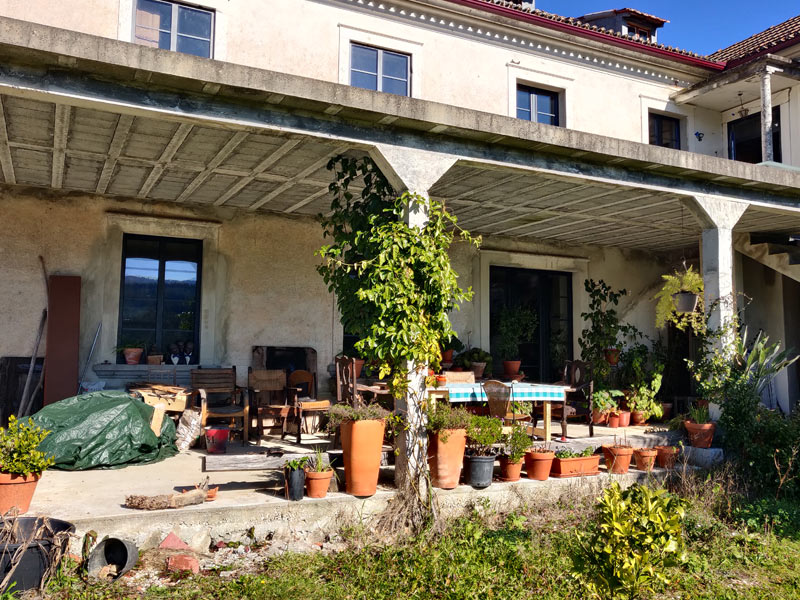

Filling the Frame
One aspect that will significantly improve my photography skills was learning how to fill the frame effectively. By getting closer to the subject or using a zoom lens, I can eliminate any unnecessary elements and capture the essence of the scene. This technique adds a sense of intimacy and allows the viewer to appreciate the details, textures and emotions within the frame.
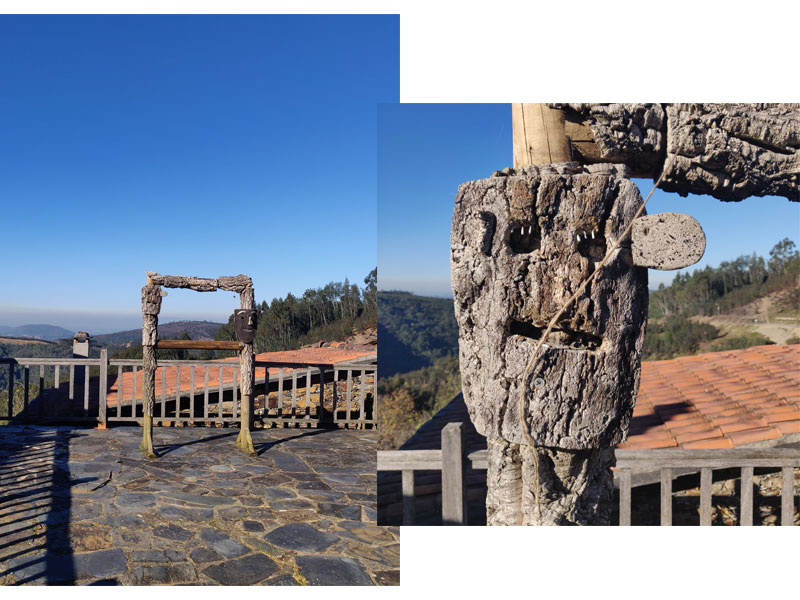
Conclusion
Enrolling in Alison’s Photo Composition course was a great experience for me. I gained valuable insights into incorporating shadows, textures, patterns, leading lines and other essential elements into my compositions. The course equipped me with a deeper understanding of the rules of photography but also how to break them creatively to capture impactful images. I now feel more confident and assertive in my photography endeavours. I highly recommend this course to anyone looking to enhance their photography skills and take their images to new heights. Happy shooting!
And if you’re looking to expand your knowledge further, don’t forget to explore the wide range of courses available on the Alison platform, covering various subjects beyond photography.
Have you ever taken a photography course or explored the art of composition? What aspects of composition do you find most challenging or intriguing? Share your experiences and insights in the comments below.

